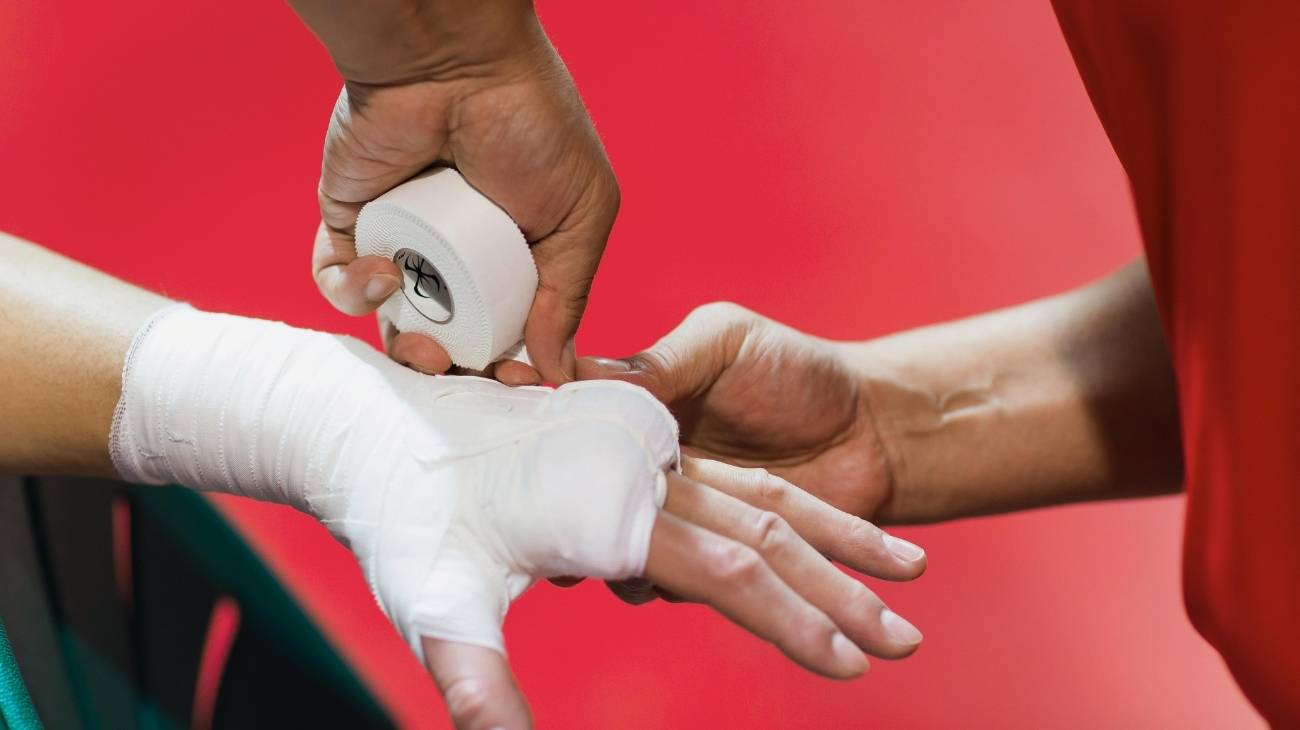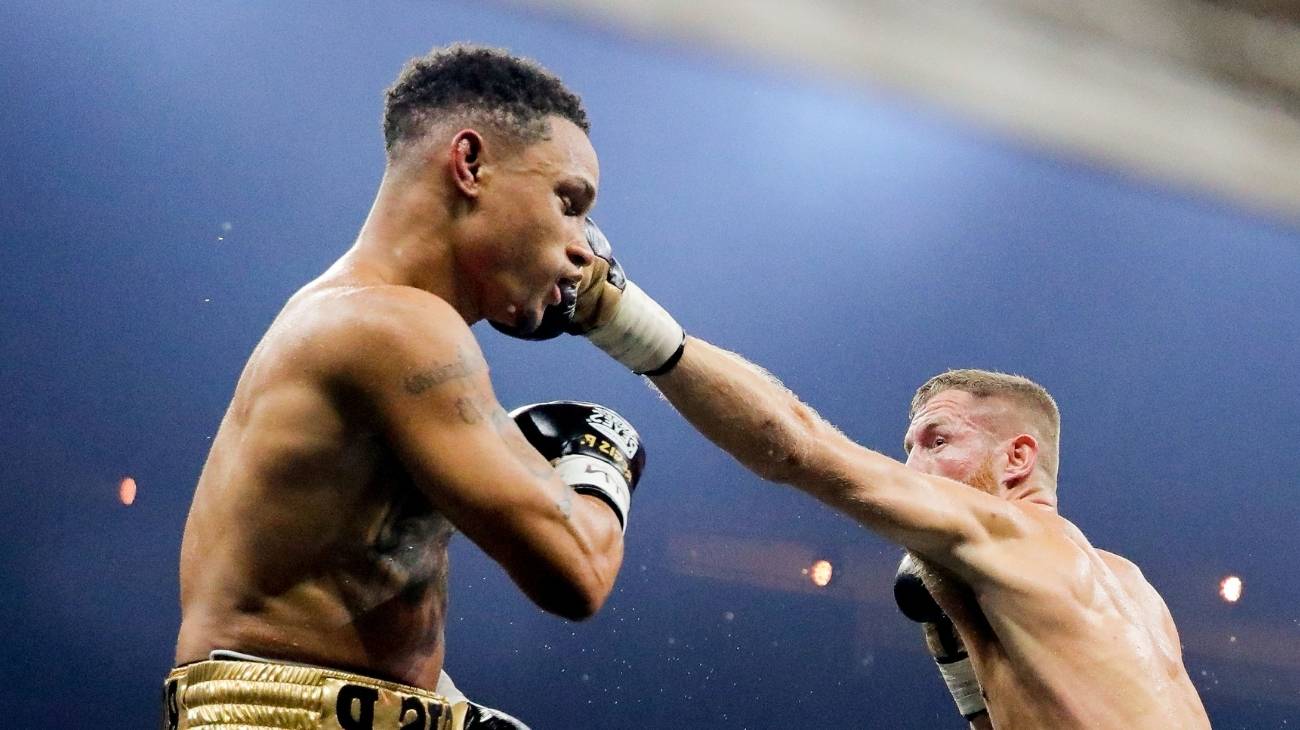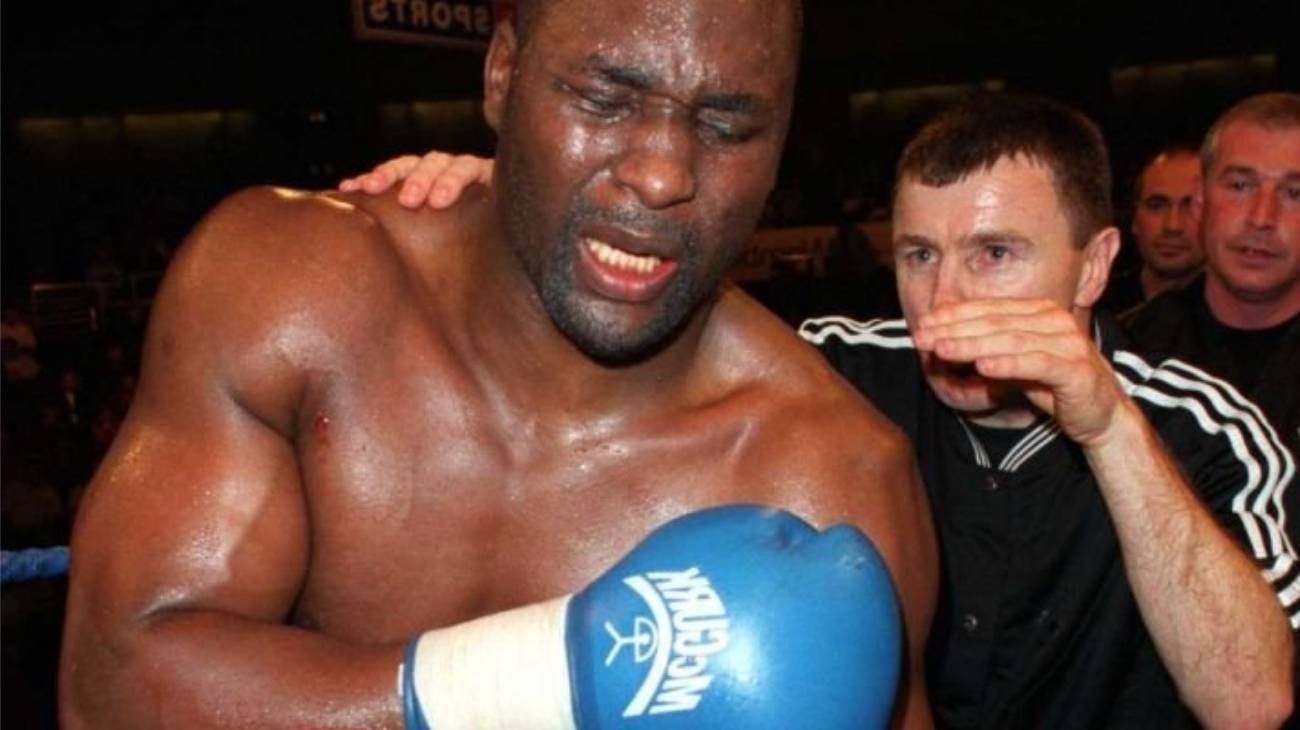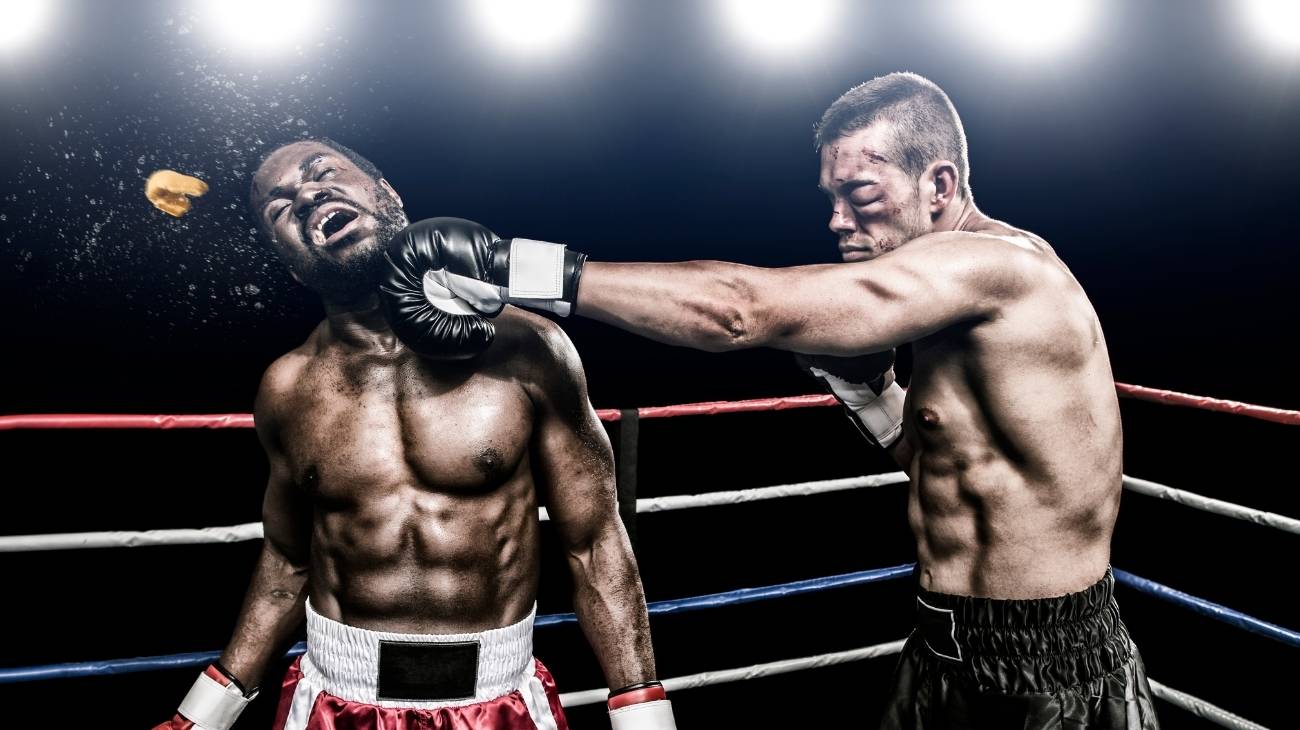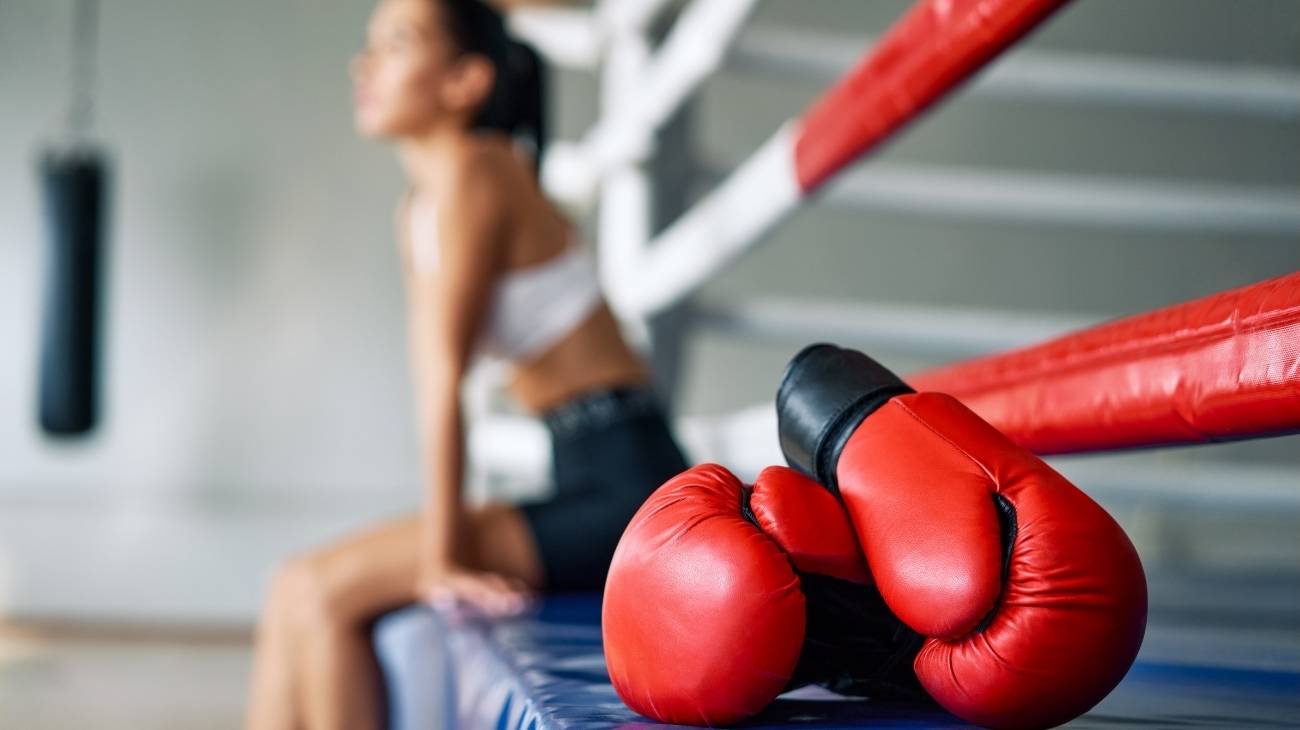In a boxing fight there can be more than 1,600 blows, so wear and tear on a joint such as the shoulder is one of the most common things we can see, either from overuse or simply from the constant blows received from the opponent.
In this article you will find out what are those shoulder injuries that occur in boxing and other contact sports, so that you know how to deal with them and above all how to identify them to prevent them from progressing and becoming a chronic problem that requires surgery.
What are the most common types of shoulder injuries in combat sports such as boxing?
In addition to the face and ankles, shoulders also suffer from the onslaught of hard training and professional boxing fights. As a boxer, you should be aware of all the possible shoulder injuries you can pick up.
Rotator cuff injury
Many injuries are due to periarticular problems, which are disorders of the structures near the shoulder joint, but not the joint itself. The rotator cuff is an area made up of four muscles whose job and function is to stabilise the scapula. These muscles are: supraspinatus, infraspinatus, teres minor and the long portion of the biceps.
The rotator cuff is susceptible to tears and ruptures from heavy blows and repetitive overuse movements that boxers perform. The shoulders move freely and in a circular fashion thanks to these muscles and when they become inflamed it is impossible to even lift the arm without pain.
Supraspinatus tendonitis
Although the supraspinatus is part of the rotator cuff, this tendon is also often inflamed in its entirety, isolated from the rest of the muscles as a result of striking against the punching bag or opponents, and is one of the few injuries that fighters suffer from attacking. This is known as supraspinatus tendonitis, a condition that causes pain when raising the arm or performing other mechanics of this joint.
When you detect tendonitis of this type, the muscles related to the glenohumeral joint must also be checked. Techniques such as tenoperiosteal union and myotendinous union are available to address the injury and achieve recovery in the shortest possible time.
Bursitis of the shoulder
The constant repetition of striking movements in the ring puts considerable wear and tear on the joints and causes inflammation of the bursa. This is a small fluid-filled cushion located in each joint that cushions against hard impacts. This injury does not usually occur from a single blow but from progressive degeneration due to overuse of the shoulder for striking while fighting or training.
Shoulder dislocation
This can be partial or total, and occurs when the humerus is pulled out of position, which usually also causes ligament damage to the rest of the joint. It is unlikely that a blow from an opponent will cause this injury, so it is more likely to be seen in training, although a bad fall in the ring can also cause it. Many boxers with dislocations recover their normal activity within a few weeks, it is a matter of correctly detecting the damage and starting treatment.
Best products for recovery from arm and shoulder injuries in boxing
Bestseller
-
Acupressure Mat and Pillow (Black/Gray)
£44,95 -
Acupressure Mat and Pillow (Green/Navy)
£44,95 -
Acupressure Mat and Pillow (Pink/Bordeaux)
£44,95 -
Acupressure Pillow (Black/Gray)
£21,52 -
Acupressure Pillow (Green/Navy)
£21,52 -
Acupressure Pillow (Pink/Bordeaux)
£21,52 -
Ice Massage Roller Ball (Black)
£34,95 -
Ice Massage Roller Ball (Green)
£34,95 -
Ice Massage Roller Ball (Pink)
£34,95 -
Microwave Wheat Bag for Neck & Shoulder Pain Relief (Hearts)
£21,50 -
Microwave Wheat Bag for Neck & Shoulder Pain Relief (Oxford)
£21,50 -
Microwave Wheat Bag for Neck & Shoulder Pain Relief (Sport)
£21,50 -
Microwave Wheat Bag for Neck Pain Relief (Hearts)
£17,50 -
Microwave Wheat Bag for Neck Pain Relief (Oxford)
£17,50 -
Microwave Wheat Bag for Neck Pain Relief (Sport)
£17,50 -
Microwaveable Wheat Bag for Pain Relief (Hearts)
£17,50 -
Microwaveable Wheat Bag for Pain Relief (Oxford)
£17,50 -
Microwaveable Wheat Bag for Pain Relief (Sport)
£17,50 -
Shoulder Support Brace (Black)
£21,95 -
Shoulder Support Brace (Green)
£21,95 -
Shoulder Support Brace (Pink)
£21,95 -
Trigger Point Massage Stick (Black)
£12,95 -
Trigger Point Massage Stick (Green)
£12,95 -
Trigger Point Massage Stick (Pink)
£12,95
How to apply the RICE therapy to treat shoulder injuries in boxing?
Faced with an injury, no possibility should be ruled out, every joint, muscle or tendon can suffer an injury, so it is best to apply a therapy such as PRICE that seeks to provide first aid. The PRICE protocol is the update of the RICE therapy, as it is better known in the world.
- Protection: A bandage that covers the entire affected shoulder or a splint is applied to protect it and ensure that the injury does not become more serious. This is mostly done for shoulder dislocations.
- Rest: The most important thing to do is to stop moving the shoulder joint. Rest should be relative for 24 to 48 hours, depending on the discomfort of the boxer. A sling is a good support to rest the arm while it recovers.
- Ice: Ice should be applied for a maximum of 20 minutes, then there should be a rest as the inflammation of the shoulder joint subsides or not. Ice should be applied to the injured side where the swelling is most pronounced.
- Compression: The same splint or a special bandage can be used to keep the shoulder slightly compressed so that the swelling does not progress uncontrollably.
- Elevation: In a shoulder injury the arm should be above the level of the heart. The purpose is to lower the swelling and reduce blood flow to the area. This step combined with the application of cold are powerful in achieving the least possible complication of the injury.
The most important thing to note is that the PRICE therapy is useful for minor injuries. In case of suspected sprains or dislocations, it is best to stop the fight and seek medical help immediately.
References
- Cornelia, Z., Steiner, I., Robert, B., Fiala, R., & Krifter, R. M. (2021). Shoulder Injuries in Boxing. A systematic Review. https://assets.researchsquare.com/files/rs-457153/v1/67bcddc3-e6a9-40fc-b61e-381f20519025.pdf?c=1652083164
- Lenetsky, S., Brughelli, M., & Harris, N. K. (2015). Shoulder function and scapular position in boxers. Physical Therapy in Sport, 16(4), 355-360. https://www.sciencedirect.com/science/article/abs/pii/S1466853X15000097
- Lemme, N. J., Ready, L., Faria, M., DeFroda, S. F., Gil, J. A., & Owens, B. D. (2018). Epidemiology of boxing-related upper extremity injuries in the United States. The Physician and sportsmedicine, 46(4), 503-508. https://www.tandfonline.com/doi/abs/10.1080/00913847.2018.1516478
- Quillen, D. A., Wuchner, M., & Hatch, R. L. (2004). Acute shoulder injuries. American Family Physician, 70(10), 1947-1954. https://www.aafp.org/pubs/afp/issues/2004/1115/p1947.html
- Cools, A. M., Johansson, F. R., Borms, D., & Maenhout, A. (2015). Prevention of shoulder injuries in overhead athletes: a science-based approach. Brazilian journal of physical therapy, 19, 331-339. https://www.scielo.br/j/rbfis/a/7XDTVZYkJK6sQJLhSvGJQFz/
- Zazryn, T. R., McCrory, P. R., & Cameron, P. A. (2008). Neurologic injuries in boxing and other combat sports. Neurologic clinics, 26(1), 257-270. https://www.sciencedirect.com/science/article/abs/pii/S0733861907001272
- Ross, R. J., Casson, I. R., Siegel, O., & Cole, M. (1987). Boxing injuries: neurologic, radiologic, and neuropsychologic evaluation. Clinics in sports medicine, 6(1), 41-51. https://www.sciencedirect.com/science/article/abs/pii/S0278591920310577
- Bledsoe, G. H., Li, G., & Levy, F. (2005). Injury risk in professional boxing. Southern medical journal, 98(10), 994-999. https://www.researchgate.net/profile/Guohua-Li-7/publication/7472412_Injury_Risk_in_Professional_Boxing/links/59a44bafa6fdcc773a373b70/Injury-Risk-in-Professional-Boxing.pdf
- Loosemore, M., Lightfoot, J., & Beardsley, C. (2015). Boxing injuries by anatomical location: a systematic review. Medicina Sportiva: Journal of Romanian Sports Medicine Society, 11(3), 2583. https://medicinasportiva.ro/SRoMS/RMS/43/boxing-injuries-anatomical-location-review.pdf
- Jordan, B. D. (1987). Neurologic aspects of boxing. Archives of neurology, 44(4), 453-459. https://jamanetwork.com/journals/jamaneurology/article-abstract/586343








































